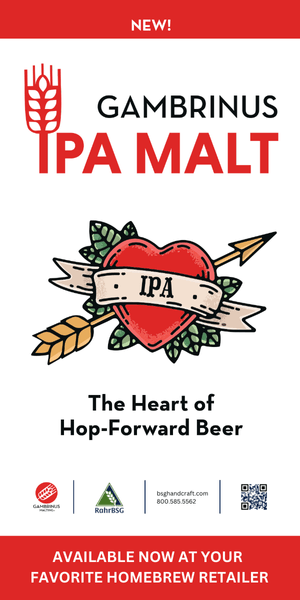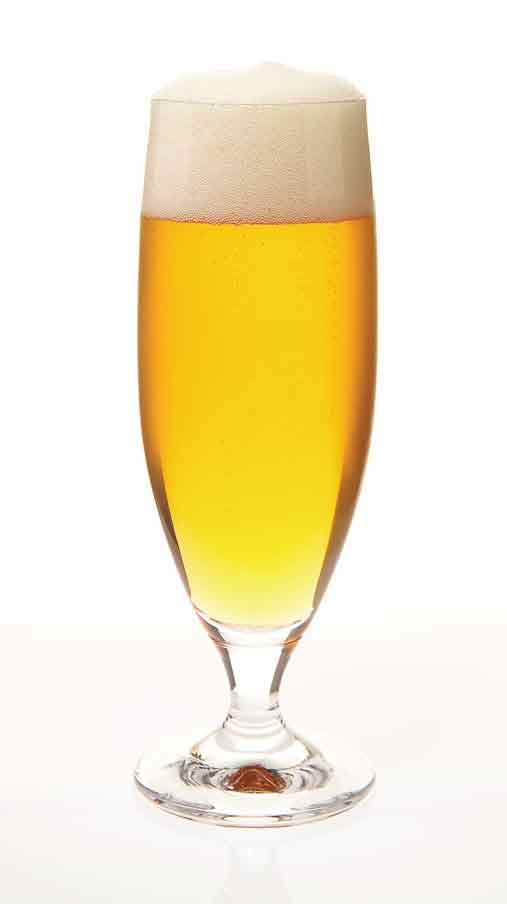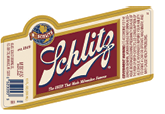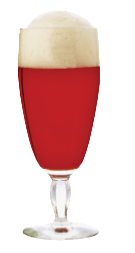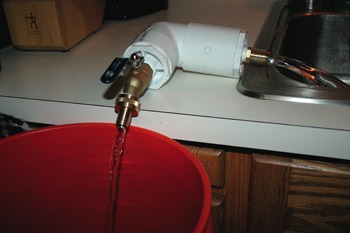Doughboy Draught
American Pilsners were bigger and hoppier in the past, right? Well, not always. In 1917 — near the end of World War I — Congress passed the Food and Fuel Control Act (also known as the Lever Act), which gave President Wilson the power to set prices on and direct the distribution of food and coal. Wilson shut distilleries, limited the amount of coal breweries could use and capped the alcohol percentage in beer to 2.75% by weight (about 3.4% by volume). Here is a classic American Pilsner an American infantryman (or doughboy) might have drank during training, before being shipped off to the trenches in Europe.

